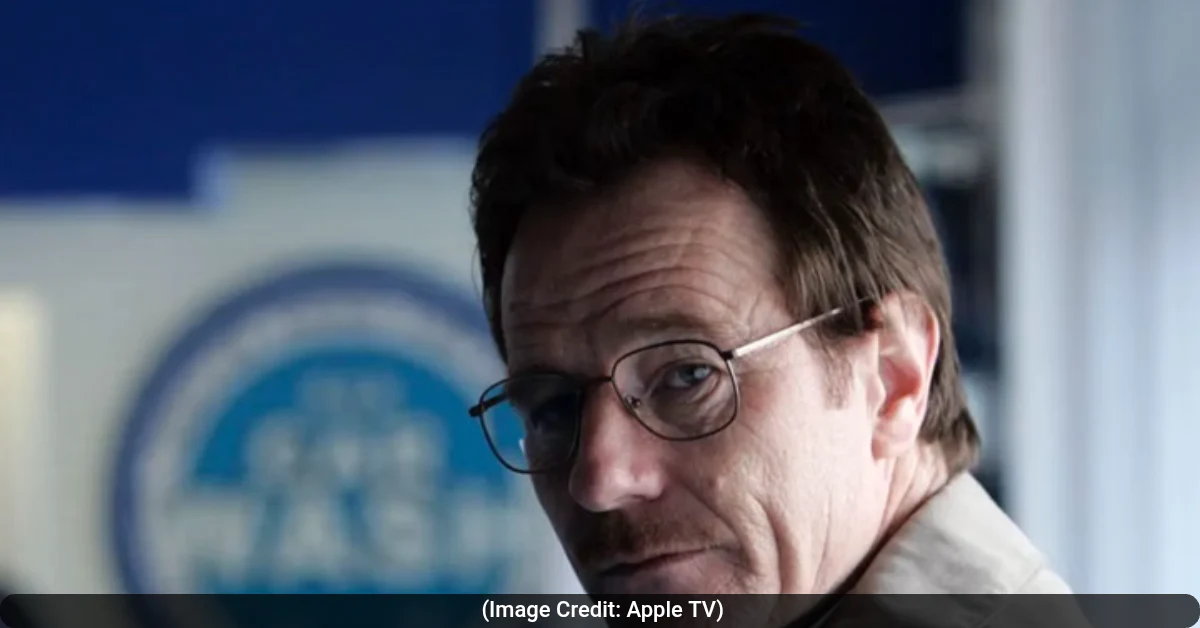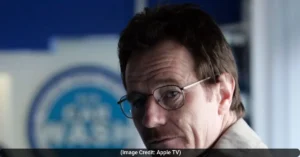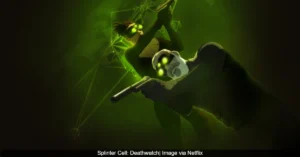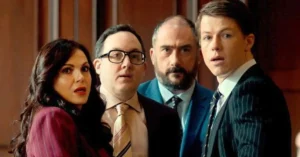Breaking Bad is one of the most celebrated television shows of all time. The story of Walter White’s transformation from a high school chemistry teacher to a drug kingpin captivated global audiences. The series ran for five seasons from 2008 to 2013, earning widespread critical acclaim and numerous awards. While the show’s plot is well known, many fascinating behind the scenes details remain hidden to most fans. These facts reveal the creative process, unexpected challenges, and happy accidents that shaped the iconic series.
The show was rejected by multiple networks before AMC picked it up. Creator Vince Gilligan experienced what he called the worst meeting of his career when he pitched the series to HBO. He stated that the executive could not have been less interested in his story or his well being. Other networks like Showtime, TNT, and FX also passed on the project for various reasons. The series eventually found its home on AMC, which was also the channel behind The Walking Dead.
Walter White was almost played by a different actor. AMC executives initially wanted a more famous star for the lead role. Matthew Broderick and John Cusack were both considered for the part of Walter White. The network was hesitant about Bryan Cranston because he was known for his comedic role in Malcolm in the Middle. However, Gilligan had worked with Cranston on an episode of The X-Files and knew he had the dramatic range needed. He fought for Cranston, who ultimately secured the role and made it iconic.
“We needed somebody who could be dramatic and scary yet have an underlying humanity so when he dies, you felt sorry for him. Bryan nailed it,” said Vince Gilligan.
Jesse Pinkman was nearly killed off in the first season. The character played by Aaron Paul was originally intended to die early in the show’s run. The initial plan was to have Jesse killed in the ninth episode of season one. However, the 2007-2008 Writers Guild of America strike shortened the first season to only seven episodes. This change gave the creators more time to realize Jesse’s importance to the story and his chemistry with Walter.
“My career would be over. And I would be a sobbing mess watching week to week on Breaking Bad,” said Aaron Paul about the possibility of his character being killed off.
The blue meth was actually rock candy. The iconic blue crystal meth that became Walter White’s signature product was not a dangerous substance. It was blue rock candy made by a candy store in Albuquerque called The Candy Lady. The store even started a special line of Breaking Bad inspired treats called The Bad Candy Lady. Bryan Cranston admitted he sometimes ate the candy to stay awake during long days on set.
The show worked with real DEA agents to ensure accuracy. The subject matter was sensitive, so the creators decided to consult with the Drug Enforcement Administration. They invited the DEA to be part of the project in an advisory capacity. DEA chemists even taught Bryan Cranston and Aaron Paul how to make crystal meth for their roles. This collaboration helped the show portray the drug trade and law enforcement procedures more realistically.
The science on the show was mostly accurate but with intentional mistakes. Dr. Donna Nelson, a chemistry professor at the University of Oklahoma, served as a science advisor. She made sure the show got most of the science right but allowed for some creative license. For example, pure crystal meth would actually be colorless, not blue. The blue color was a creative choice to make Walter’s product visually distinctive and was part of the show’s fantasy element.
Giancarlo Esposito made Gus Fring’s role much bigger than planned. The actor was initially not interested in the part because it was a small guest role. He agreed to do one episode with the condition that his character could be developed further. Esposito based Gus Fring’s calm and polite mannerisms on Edward James Olmos’ character from Miami Vice. He wanted Gus to be a quiet but terrifying figure, which greatly impressed the creators and led to an expanded role.
The number of episodes has a scientific meaning. Breaking Bad ran for exactly 62 episodes. This number was not chosen randomly. The 62nd element on the periodic table is Samarium. This element is used in the treatment of lung cancer patients, which is the illness Walter White is diagnosed with in the first season. This subtle detail shows the level of thought the creators put into every aspect of the show.
The pink teddy bear had deep symbolic meaning. The charred pink teddy bear that appeared in the pool during season two was a powerful symbol. It represented the collateral damage of Walter’s actions and the loss of innocence. The bear’s missing eye and burned face also foreshadowed the eventual death of Gus Fring, whose face was similarly damaged in an explosion. The bear’s pink color contrasted with the show’s dark themes.
Bryan Cranston got a Breaking Bad tattoo while drunk. The actor celebrated the end of the series with a huge party after the final scene was shot. He admitted to getting so drunk that he got a tattoo on his finger to honor the show’s logo. He later explained that the tattoo was for himself, and whenever he sees it, he remembers the wonderful times he had working on the series. This showed his deep connection to the project.
The show’s color palette was used to show character development. Walter White’s clothing slowly changed from light beiges and greens to darker blacks and browns as he became more evil. Jesse Pinkman often wore red and yellow, while Marie Schrader was almost always in purple. These color choices were not accidental. The costume designers carefully selected each outfit to reflect the emotional state and moral journey of each character.
Also Read: 7 Most Heartbreaking Character Deaths in Breaking Bad That Left Fans in Tears









